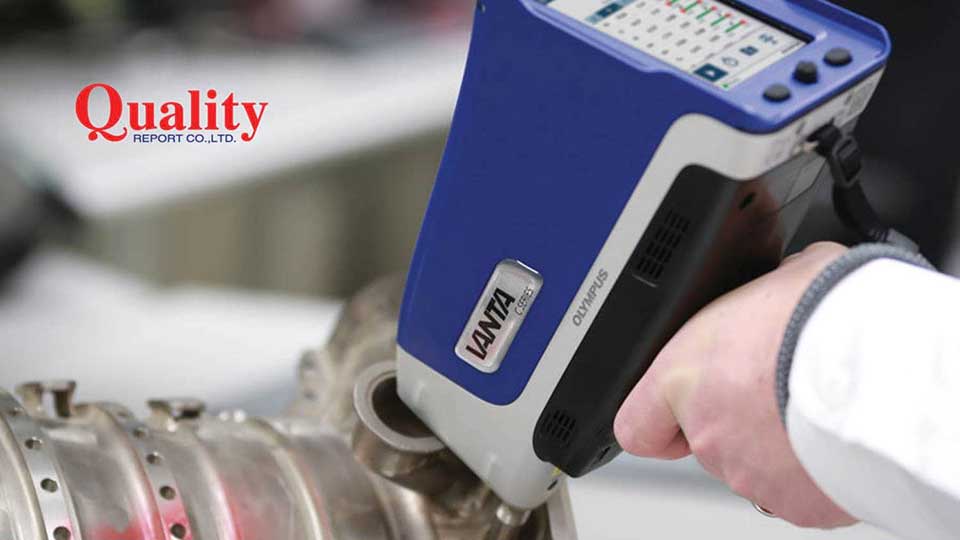
Gartner Predicts the Future of AI Technologies
Leading organizations expect to double the number of artificial intelligence (AI) projects in place within the next year, and over 40% of them plan to actually deploy AI solutions by the end of 2020, according to the Gartner 2020 CIO Agenda Survey. But the reality is that most organizations struggle to scale the AI pilots into enterprise wide production, which limits the ability to realize AI’s potential business value.
“Launching pilots is deceptively easy but deploying them into production is notoriously challenging”
Although the potential for success is enormous, delivering business impact from AI initiatives takes much longer than anticipated,” says Chirag Dekate, Senior Director Analyst, Gartner. “IT leaders responsible for AI are discovering “AI pilot paradox,”’ where launching pilots is deceptively easy but deploying them into production is notoriously challenging.”
IT leaders responsible for AI must nurture infrastructure strategies that enable the evolution of AI pilots into scalable production and, importantly, value realization. Consider these five predictions in the rapid evolution of AI tools and techniques and successfully master production AI.
AI will drive infrastructure decisions
AI will remain one of the top workloads driving infrastructure decisions through 2023. Accelerating AI pilots into production requires specific infrastructure resources that can grow and evolve alongside technology. AI models will need to be periodically refined by the enterprise IT team to ensure high success rates. This might include standardizing data pipelines or integrating machine learning (ML) models with streaming data sources to deliver real-time predictions.
Manage increasing complexity of AI techniques through collaboration
One of the top technology challenges in leveraging AI techniques like ML or deep neural networks (DNN) in edge and IoT (Internet of Things) environments is the complexity of data and analytics. Successfully deploying production AI in such environments will require close partnership between the business and IT. Proactively plan and provide ready solutions when new business needs emerge — a concept Gartner calls infrastructure-led disruption.
Simple ML techniques sometimes make the most sense
Through 2022, more than 75% of organizations will use DNNs for use cases that could use classical ML techniques. Successful early AI adopters leveraged pragmatic ML solutions to deliver business value. These early projects used traditional statistical machine learning, but as the organization evolved, they pursued more advanced techniques with deep learning to grow the impact of AI. Sift through the AI hype and learn the spectrum of options to appropriately address business problems. Opt for simplicity over popular, but complicated, options.
Make cloud service providers part of your strategy
Strategic use of cloud technologies like cognitive APIs, containers and serverless computing can help simplify the complicated process of deploying AI. By 2023, cloud-based AI will increase 5X from 2019, making AI one of the top cloud services. Containers and serverless computing will enable ML models to serve as independent functions, reducing cost and overhead.
A serverless programming model is particularly appealing in public cloud environments because of its quick scalability, but IT leaders should identify existing ML projects that can benefit from these new computing capabilities.
Adopt AI augmented automation beyond the surface level
As the amount of data that organizations have to manage increases, so too will the abundance of false alarms and ineffective problem prioritization. It doesn’t help that IT and business units often do not speak the same language when it comes to AI.
By embracing AI augmented automation, IT teams can better learn the skills of AI and position themselves to have more effective partnerships with peripheral business units. In fact, by 2023, 40% of I&O teams will use AI-augmented automation in large enterprises, resulting in higher IT productivity with greater agility and scalability.






